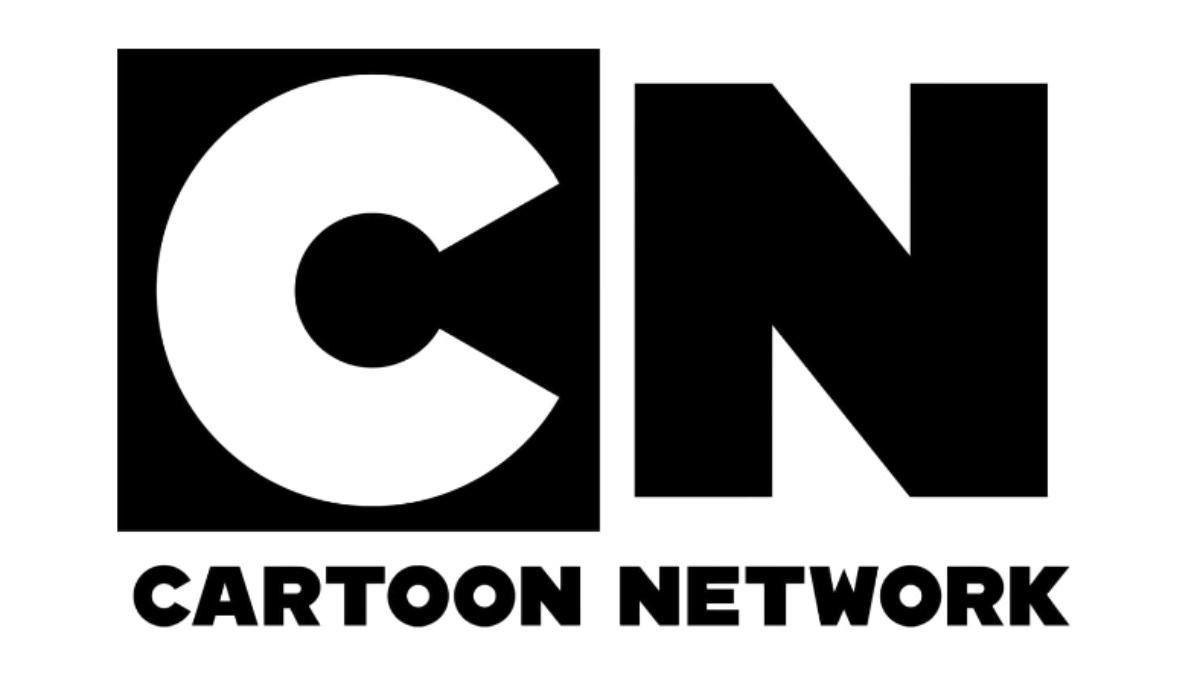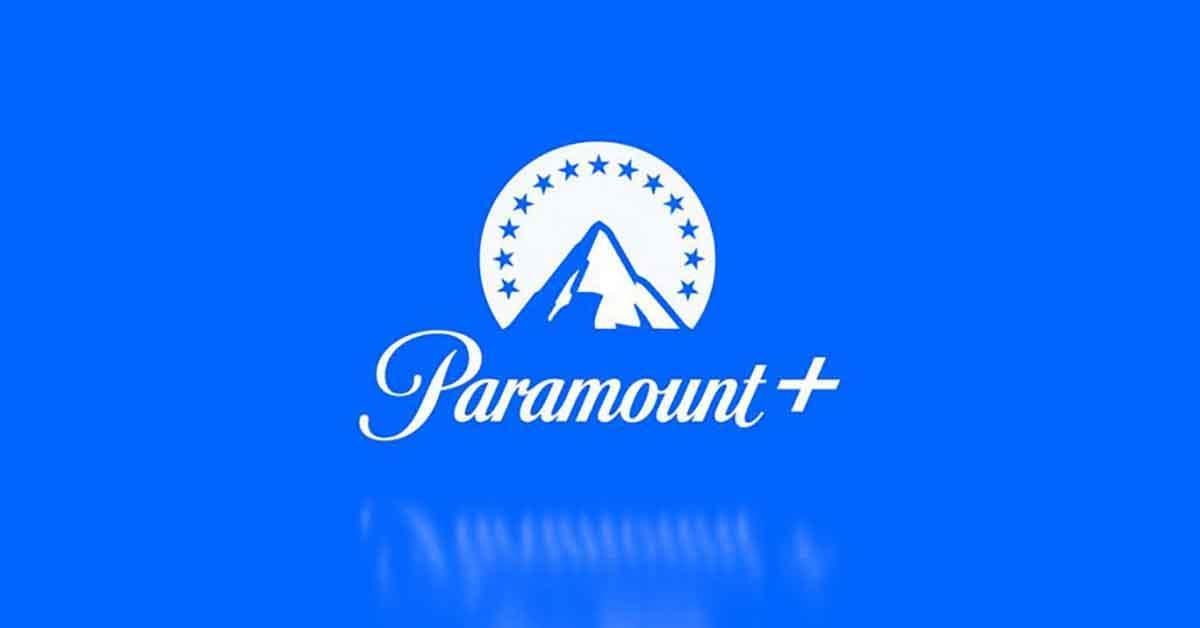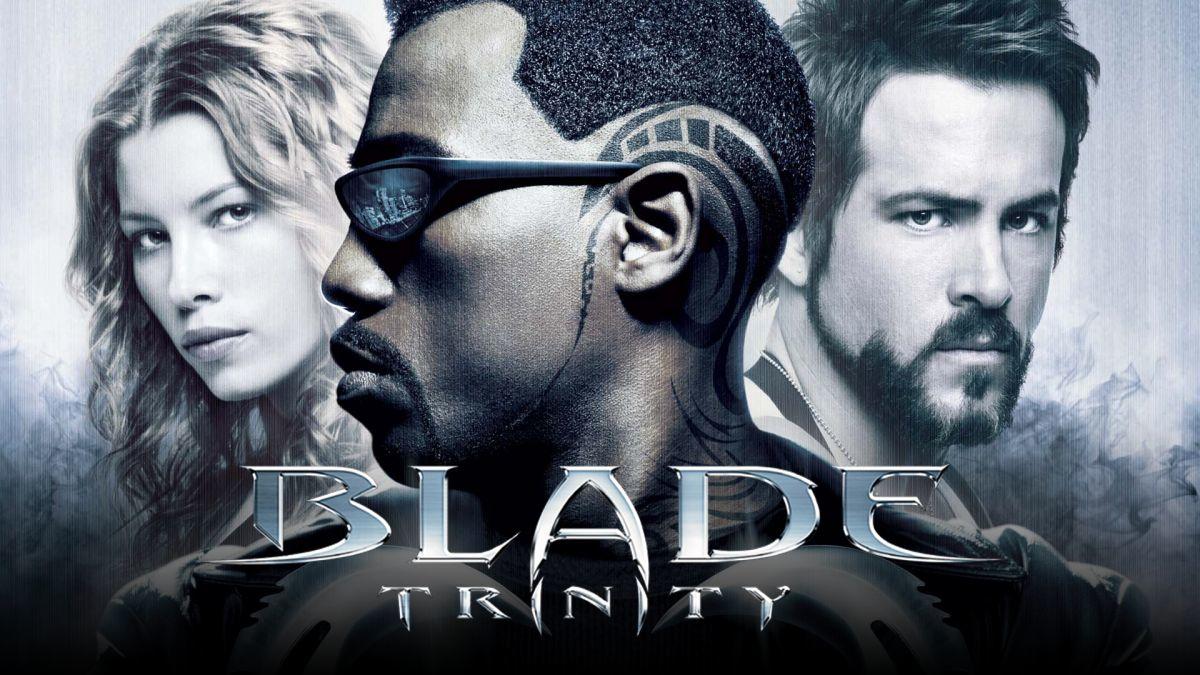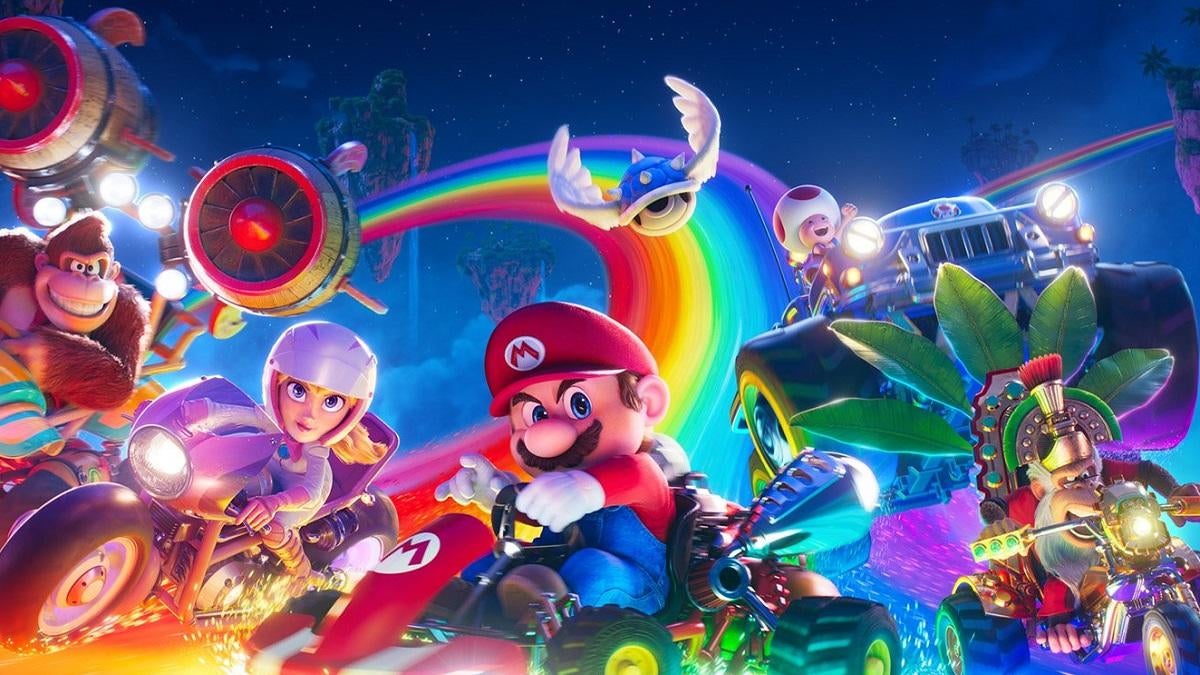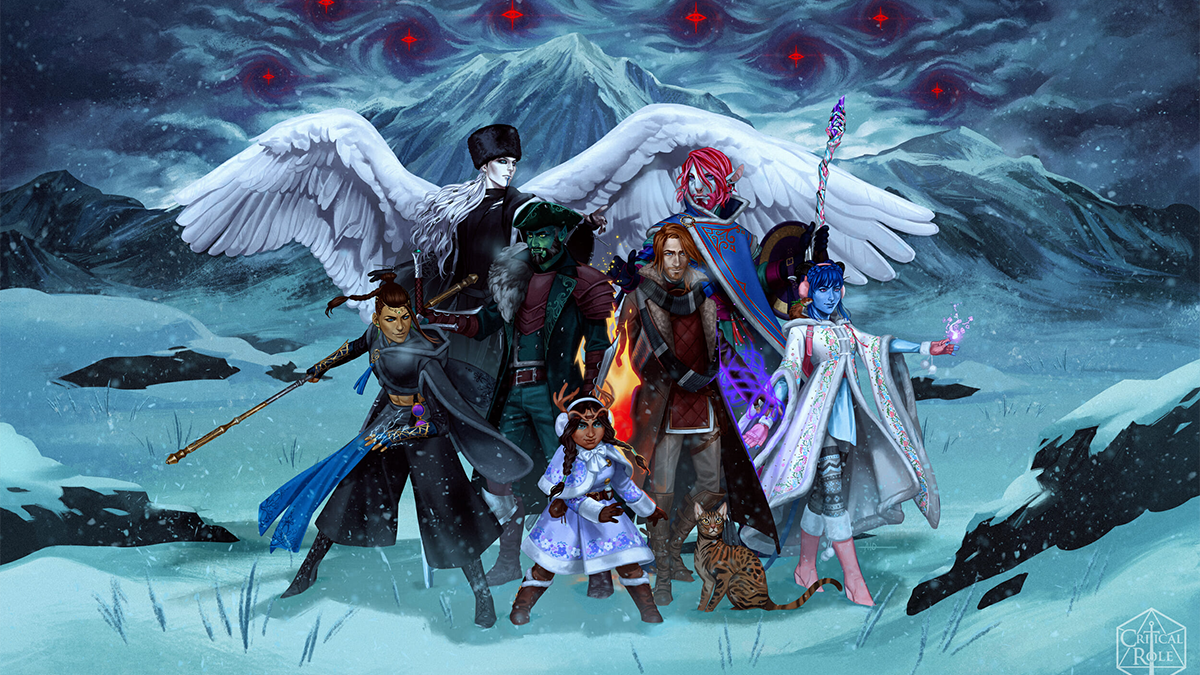5 Times the Justice League Radically Changed Lineups
DC is launching a new Justice League of America book written by Steve Orlando and illustrated by [...]
Justice League Detroit
One of the Justice League's first re-launches occurred in the 1980s, when Gerry Conway and Chuck Patton dumped most of the team's roster when most of the team didn't show up to help Aquaman stop an attempted Martian invasion.
In the aftermath, Aquaman put the Justice League on notice: either they devoted their time to the Justice League full time, or they were off the team.
Only the Elongated Man, Zatanna, and Martian Manhunter accepted Aquaman's offer, so Aquaman filled out the team with Vixen, Gypsy, Vibe, and Steel. He then moved the team from their traditional Satellite headquarters to Detroit, Michigan to better protect the US.
While DC hoped the changes would make the Justice League more in line with books like Teen Titans and Legion of Super-Heroes, the changes were a total flop. After just a couple of years, DC killed off a third of the roster and disbanded the team entirely. Most fans consider Justice League Detroit to be a low point in Justice League history, but many of the team's members have found new life on the CW's superhero shows.

Justice League International
While the "Justice League Detroit" era was a flop, DC couldn't immediately bring back the "classic" Justice League roster. Crisis on Infinite Earths had made major changes to DC's continuity and several superheroes were either radically different or stuck in continuity limbo. Instead, DC started a new Justice League with a more international feel to it.
The Keith Giffen, J. M. DeMatteis and Kevin Maguire version of the Justice League initially featured a mix of familiar characters like Batman and the Martian Manhunter and new League members like Booster Gold, Guy Gardner, and Captain Marvel. As the series went on, the team quickly picked up more international members like Fire, Ice, and Rocket Red, and quickly became known as the Justice League International.
Perhaps the most drastic change wasn't the Justice League International's roster, but rather the book's tone. Justice League International was at times a very light hearted series, filled with jokes and visual gags instead of melodramatic superhero action. Although DC eventually moved away from the Justice League International, the run is still fondly remembered by many fans to this day.

Justice League Task Force
The 1990s had several different Justice League titles, but the team with most fluid roster was the Justice League Task Force, a UN sanctioned stealth team sent to quell various sensitive international threats. Unlike other Justice League teams, Justice League Task Force didn't have a set roster. Outside of Martian Manhunter and Gypsy, the team's roster changed every issue depending on the supervillain or threat it was facing.
Recurring team members included the Ray, Despero (controlled by the robot L-Ron), and the reformed supervillain Mystek. Eventually the team morphed into a training team of sorts, where Martian Manhunter and Gypsy mentored younger superheroes.
Justice League Task Force was short-lived, but the series did inspire the first ever fighting game to feature the Justice League.

The James Robinson JLA
In 2009, James Robinson wrote Justice League: Cry for Justice, a miniseries that ended with both Star City and the Justice League in shambles. With several Justice Leaguers injured and incapacitated, Hal Jordan and Donna Troy invited a new batch of heroes to fill out the roster.
Robinson's Justice League included members like Batman (actually Dick Grayson, who was filling in for a supposedly deceased Bruce Wayne), Green Arrow, Cyborg, Starfire, and Doctor Light, along with new members Mon-El (temporarily freed from the Phantom Zone and filling in for Superman), Congorilla, Starman, and the Guardian. Unfortunately, that roster disbanded within months, as most of the heroes were pulled away due to events in their own book. While Robinson tried to rebuild the roster a second time, that Justice League ended when DC decided to reboot their entire universe and rebuilt the League with a roster featuring its biggest superheroes.

Justice League Dark
While DC wanted the New 52 Justice League series to have all of its biggest stars, it also wanted to expand its Justice League line into every corner of the DC Universe. So, a new Justice League was born, filled with a cast of magical characters.
Led by Zatanna and Constantine, Justice League Dark featured members like Swamp Thing, Black Orchard, and Deadman. The team faced threats almost exclusively of a supernatural origin and often added and dropped members after only a couple of missions. After Constantine's team got wrapped up in the Trinity War (a massive crossover in which three Justice League teams chased after the actual Pandora's Box), the team battled against the actual personification of evil before disbanding in 2015.
However, DC isn't quite done with Justice League Dark yet. DC's animated division recently released a Justice League Dark movie, and DC is moving forward with a live action movie based on the team called Dark Universe.

